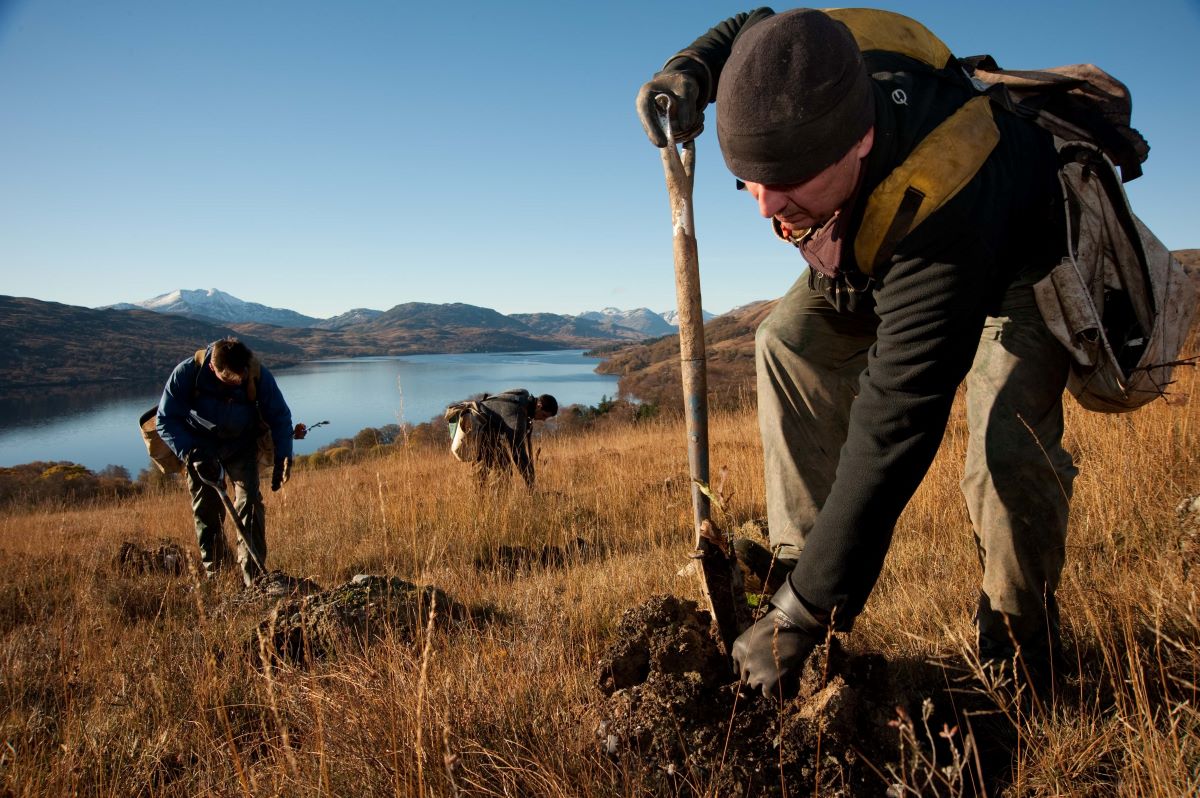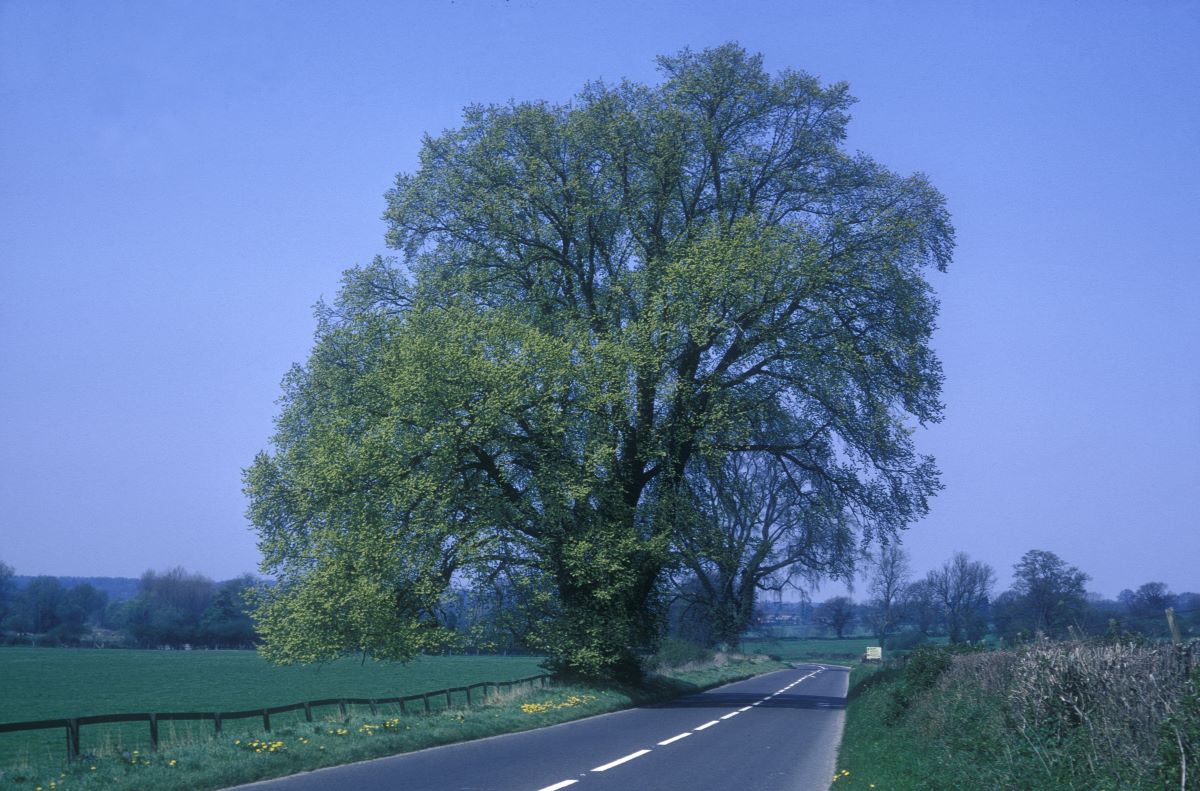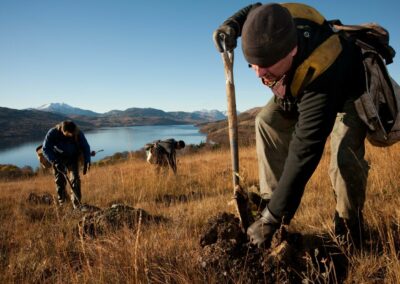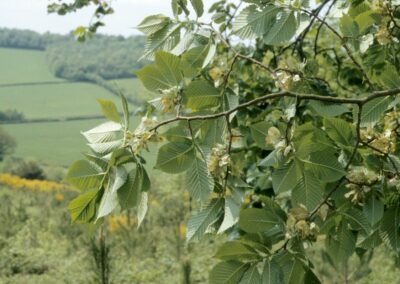Mapping attitudes and cultural connections to lost tree species and their restoration
Project lead(s) Dr. Mariella Marzano I Forest Research; Dr. Rehema White I St Andrew’s University; Prof. Richard Buggs I Kew; Fritha West | PhD Student
Contributors/partners
Context
Restoring lost tree species to the treescape can generate positive psychological and cultural gains. It can support ecological goals and the benefits to humans of a restored ecosystem. However, pathways for tree restoration must be feasible socially and economically as well as technologically. The process of breeding for plant disease resistance may incur other changes and a restored species may differ in habitat, provision, visual form or economic value. Resilient treescape planting could include genetically modified or edited plants or a change in the species assemblages. Consequently, certain practices may not be viewed as acceptable by society. The views of a variety of land managers are particularly important for the creation and planting of resistant treescapes, as these are the people who will decide whether or not to plant disease-resistant trees.
Research aims and objectives
- Explore the collective memory of elm and ash in the British landscape and assess how values, cultural heritage and place attachment are, or would be, impacted by their loss.
- Map awareness of, and attitudes to different restoration approaches and social/economic/ecological factors influencing risk perceptions and acceptability of methods in different contexts.
- Understand land manager perspectives on restoring ‘lost/losing/will lose’ species .
- Contribute to policy and land manager decision-making on restoration choices for now and in the future in the context of forest and woodland creation and expansion.
Project description
- Acceptability – Which species restoration methods are preferred? Is planting of resistant trees more acceptable in some treescapes than others? What attributes do resistant elms/ash need to have? What are the barriers to the deployment of different restoration methods in different contexts? What are the risks and benefits of different approaches?
- Values, attitudes and experiences – How are treescapes and the species within them valued by stakeholders and wider society? What are stakeholder expectations in terms of restoration success?
- Decision-making – How has decision-making about tree species and treescapes changed over time? Where do tree species like elm belong? What form of awareness-raising and engagement is required to enable informed decision-making involving dialogue with stakeholders?
Outputs

Share this project on social media
Related Projects
Our Partners
Explore
Contact
© 2022 Centre for Forest Protection. All rights reserved.


